There was a time when the world was ruled by the British – Britannia ruled the waves, and the Empire stretched to all corners of the globe. Before that, the Romans, Mongols, Ottomans and many others had established their own empires by conquering foreign lands and forcing the natives into submission. Empire-building is a natural human instinct and all these empires have risen and fallen.
But times are changing. The old British Empire is crumbling and falling away, like those that went before but now it’s not about armies retreating, losing ground as they go. In those modern, more ethical times the old conquerors are choosing to give back the land that their forefathers took, like the British handover of Hong Kong in 1997. However, there are still pockets of land around the world that are still controlled by foreign powers, despite being thousands of miles away from the governing country. Some are controversial, and the ownership of them is still under debate. Discover which ones in our Top 10 Modern Colonies.
10. Bouvet Island

This small volcanic island is entirely uninhabited and temperatures hover around the 0C point. It belongs to Norway, so you’d imagine it’s in the Arctic Circle, not far from its governor. Wrong! It’s subantarctic, not subarctic, so entirely the other end of the world. Norway actually owns three territories in Antarctica, but the other two – Queen Maud Land and Peter I Island – are somewhat disputed when it comes to ownership. It was briefly claimed by the British but was declared Norwegian in 1930.
Bouvet Island is home to nothing but a monitoring station and is very difficult to reach via boat. It may be part of the Norwegian Empire but it doesn’t see much in the way of Norwegian tourists…
9. Easter Island

This is a sad example of what imperialism can do to a colony. It was originally settled by the Rapa Nui people, who created the distinctive statues that pepper the island. Rapa Nui numbers declined over the centuries but there were still 2,000-3,000 by the time the Europeans arrived in 1722. 155 years later, the diseases carried by the settlers – as well as slave raiding from Peru – had reduced the native population down to just 111. Smallpox and tuberculosis were the chief causes, and epidemics broke out. Missionaries to the island were quick to buy up the lands of the deceased, which caused conflict between natives and settlers.
Another eleven years on – in 1888 – Chile annexed the island by making a treaty with someone they had designated as “King”. Chile still owns the island today, and Rapa Nui have all been given Chilean nationality, but the treaty has always been disputed and one day the Rapa Nui may just claim the island back.
8. Puerto Rico

Another colony that has suffered at the hands of invaders, these islands were home to an indigenous people called the Tainos until the arrival of Christopher Columbus in 1493. He claimed the land for Spain, and it remained under Spanish rule for 400 years, despite attacks by the Dutch, French and British. During this time, the Tainos were wiped out by European diseases – smallpox again, among others – and had been forced in slavery.
The islands eventually moved to American rule in 1898, as part of the treaty at the end of the American-Spanish War. It has remained under American rule and Puerto Ricans now have US citizenship. The ownership of the islands were never debated, as there were sadly no Tainos left to debate it after their cruel fate, but there have recently been referendums held to determine the future of Puerto Rico, with many Puerto Ricans keen for the country to gain independence. Further referendums are due to be held soon.
7. The Falkland Islands

This barren crop of rocky islands in the South Atlantic are often seen as the isolated edges of the old British Empire. The islanders certainly see themselves as British, but Argentina has laid claim to the islands several times, most notably in 1982 when an Argentinian invasion sparked the Falklands War.
Britain were victorious and so retained the Falklands, but Argentina has never given up demanding them back, and dismissed a recent referendum in which the Falklanders voted to stay British. It seems unlikely that the conflict will ever be resolved peacefully and conclusively.
6. French Polynesia

French Polynesia is a loose group of islands, including Tahiti that have been under French rule since the 19th century. Originally settled by the Polynesians, they were first sighted by the Portuguese explorer Ferdinand Magellan in 1521. 200 years later, the islands were “discovered” again by Dutch, Spanish, British and French explorers, with the French finally claiming the Tuamotu Archipelago (part of the Polynesian group) in the 1880s. The group was renamed Polynésie Française (French Polynesia) in 1957 and it has been a largely peaceful rule. However, there was some controversy in 1995 when the French were found to be testing nuclear weapons on the islands. The following year, they agreed to stop nuclear testing.
5. Saint Helena
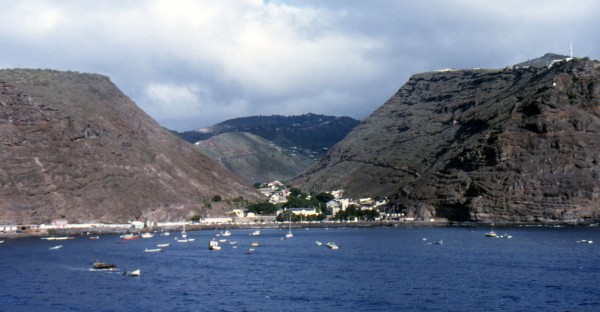
A British colony that couldn’t be much further from its governor, Saint Helena is a volcanic island in the South Atlantic Ocean. In spite of its distance from Britain, the inhabitants of Saint Helena are fiercely loyal to the Queen, and Royals have often visited the island. It was used as a place of exile for Napoleon, and tourism on the island is largely based around that. However, tourism isn’t particularly easy, as the airport currently has no airport but one is due to open in 2016.
4. Diego Garcia
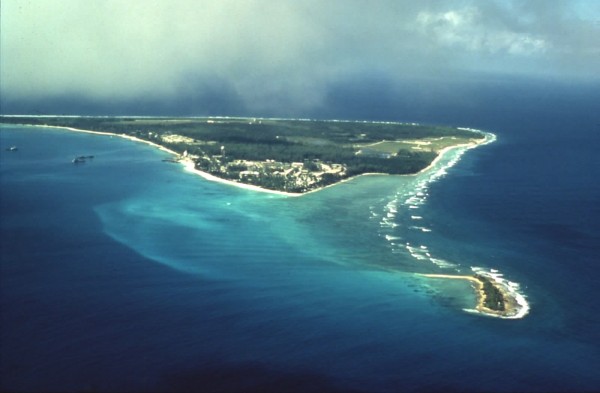
This small atoll in the Indian Ocean is another example of the cruel nature of imperialism – this time being used as a bargaining chip between the US and the UK. There was originally no indigenous population, but early settlement by the French brought slaves to the island, who stayed on, mixed with other races and became their own race – the Chagossians. The Chagossians lived on the island throughout the 19th and early 20th centuries, and in the 1930s it was estimated that 60% of the population were native-born.
However, things were about to change. The US were looking for an unpopulated island on which to establish a military base and Diego Garcia was by then a British colony. So, the British agreed to depopulate the island to make way for the military base, sending all the Chagossians to Mauritius, where at least 40 of them died. The Chagossians have repeatedly tried to return to their home, but attempts have been blocked by both of the bigger countries. In 2010, a leaked memo came to light, which implied that officials wished to “put paid to resettlement claims of the archipelago’s former residents.” So it seems that the Chagossians may remain in exile for a long time yet.
3. Réunion Island
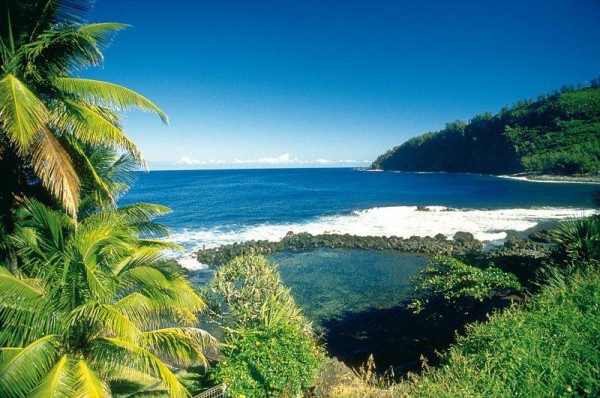
The deportation theme continues with this Indian Ocean island, which was claimed by the French in 1642. This time it was the deportation of children, with 1,630 of the island’s children moved to France between 1964 and 1982. Known as “les enfants de la Creuse” due to the city they were moved to, these children have since started filing lawsuits against the French authorities for “abduction and sequestration of underage, raid and deportation”, notably Jean-Jacques Martial.
Essentially, the idea was to curb overpopulation, by removing the “future unemployed”. At first these were only abandoned children, but the plans expanded to include children deemed to be badly treated, and illiterate parents were tricked into signing their children over. Once in France, the children were often badly treated, abused, racially insulted and generally unhappy, with none of the promised return visits to Réunion. Despite the mistreatment of the native people, France retains the island and has no plans to either grant it independence or repatriate the “stolen” children.
2. Guam
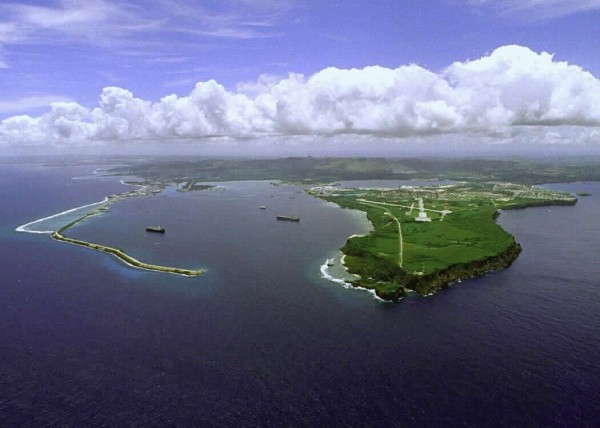
What kind of US citizen cannot vote? The ones that live in US territory Guam. They are governed by the US but as it’s not a state they have no part in the voting process and their congressional member is not allowed to vote either. Guam has been part of the US since 1898, when America won it from Spain in the Treaty of Paris, along with Puerto Rico. The only time it has been governed by anyone else was during the Second World War, when it was briefly occupied by Japan, a time of repression, torture and murder on the island. It was liberated by the Americans again in 1944.
Despite the changes in government, there is still a large indigenous population and in 2010, the Chamorros made up 37% of the population. There are no plans to make Guam autonomous at the moment.
1. Gibraltar
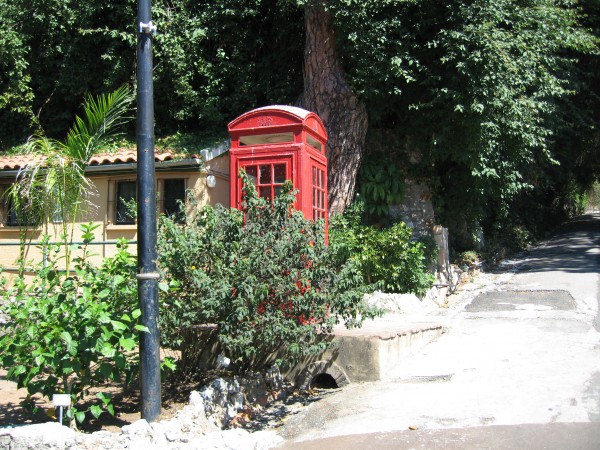
A colony which is both proudly British and fiercely debated. The money, police officers, telephone boxes and food are also British but the climate is Spanish, and Spain constantly asserts its right to the territory, with its distinctive rock and monkeys. It was ceded to the British in 1713 and the residents of Gibraltar have never shown any desire to change the system of government. In 2000, members of the Gibraltar’s parliament signed a declaration that said “Gibraltar belongs to the people of Gibraltar and is neither Spain’s to claim or Britain’s to give away”. So, however much Spain may want it, it looks unlikely to be handed over soon…